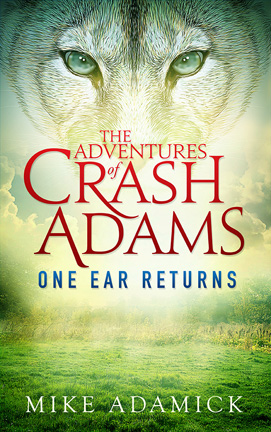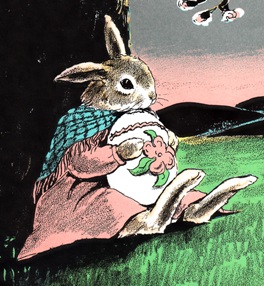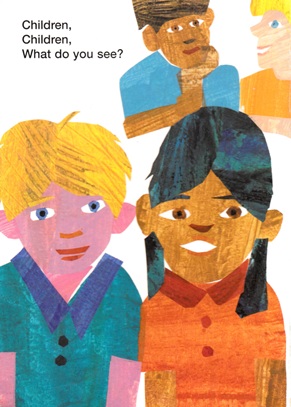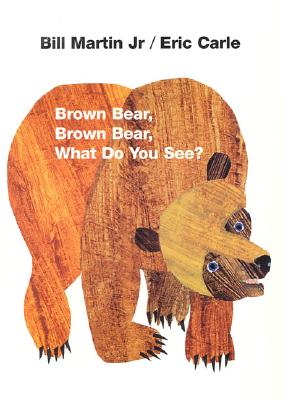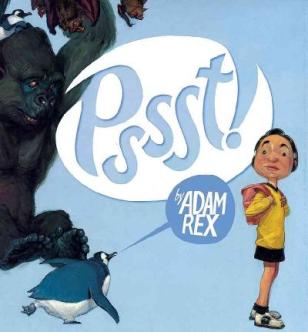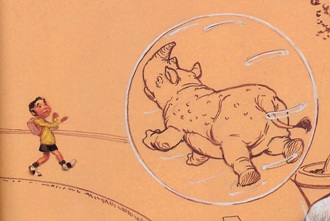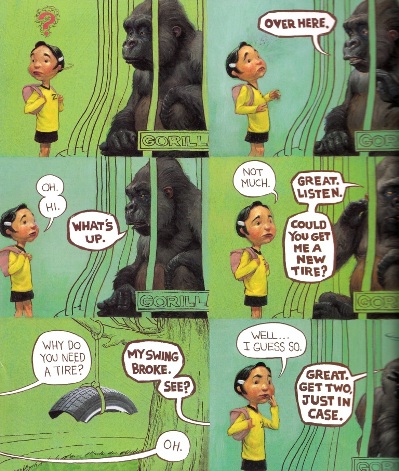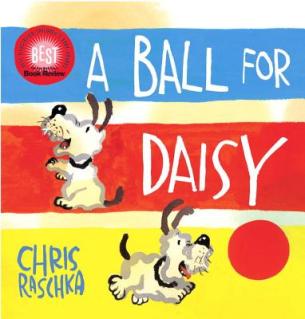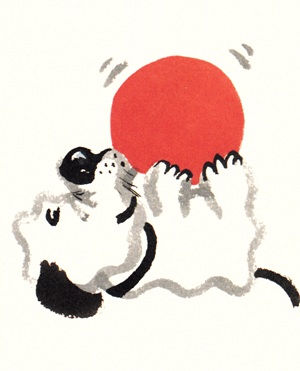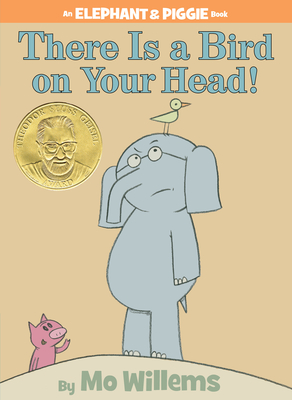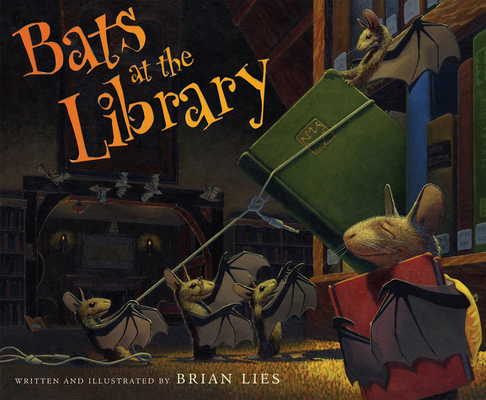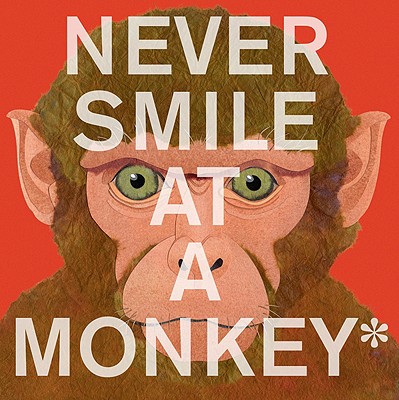I have a nine-year-old daughter, so every time I go into a bookstore, I am on the lookout for strong female protagonists. I spend an inordinate amount of time flipping through books that have been recommended by friends, quickly trying to evaluate their female characters, hoping that they’re active, interesting, and actually contribute something to the story. Basically, I’m trying to get a sense of whether or not the female lead will cause my daughter to pump her fist and scream “Heck yeah” or quietly shut the book and forlornly say “But she didn’t DO anything.”
Crash Adams made my daughter pump her fist.
The Adventures of Crash Adams: One Ear Returns is the first in a new, independently published middle-grade reader series by Mike Adamick. I’m a big fan of Adamick’s. He has a tremendous blog and he’s written a number of incredibly fun nonfiction books – titles like Dad’s Book of Awesome Projects, Dad’s Book of Awesome Recipes, and Dad’s Book of Awesome Science Projects.
Adamick’s nonfiction works celebrate the wonders of kids getting their hands dirty and actually making something, doing something, building things from scratch, and his first foray into fiction carries those themes over nicely. The story of One Ear Returns is simple and short, but the character is anything but.
Crash Adams is a dirt-covered, self-reliant ten-year-old girl whose family moved out to a small farm in Marin County, California a few years earlier. Crash roams the wilderness surrounding her farm with her faithful dog Zorro – who is preternaturally skilled at understanding commands – and learns as much as she can from experiencing nature firsthand.
If your kids enjoyed Rey in Star Wars: The Force Awakens, they’ll find a kindred spirit in Crash. She’s the kind of singularly capable, adventurous kid that we don’t see in many works for middle-graders. In juvenile novels, you get a lot of precocious children. You get curious and precocious kids like they’re going out of style. But Crash isn’t precocious. She’s clever and quick and hardened by experience, even though she’s only ten. She feels like a throwback, like the lead character from a Laura Ingalls Wilder book who was dropped off in modern-day California and was told that she could ditch the gingham and put on a pair of jeans. [read the rest of the post…]
{ 0 comments }
